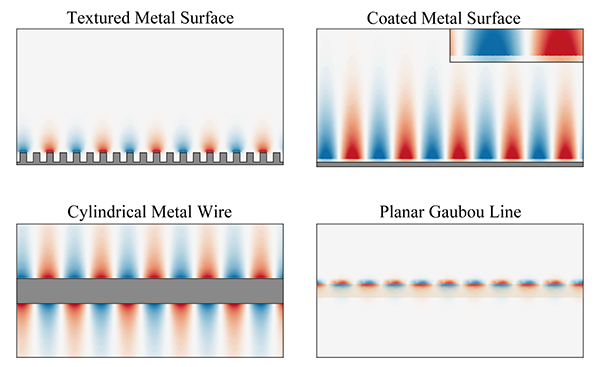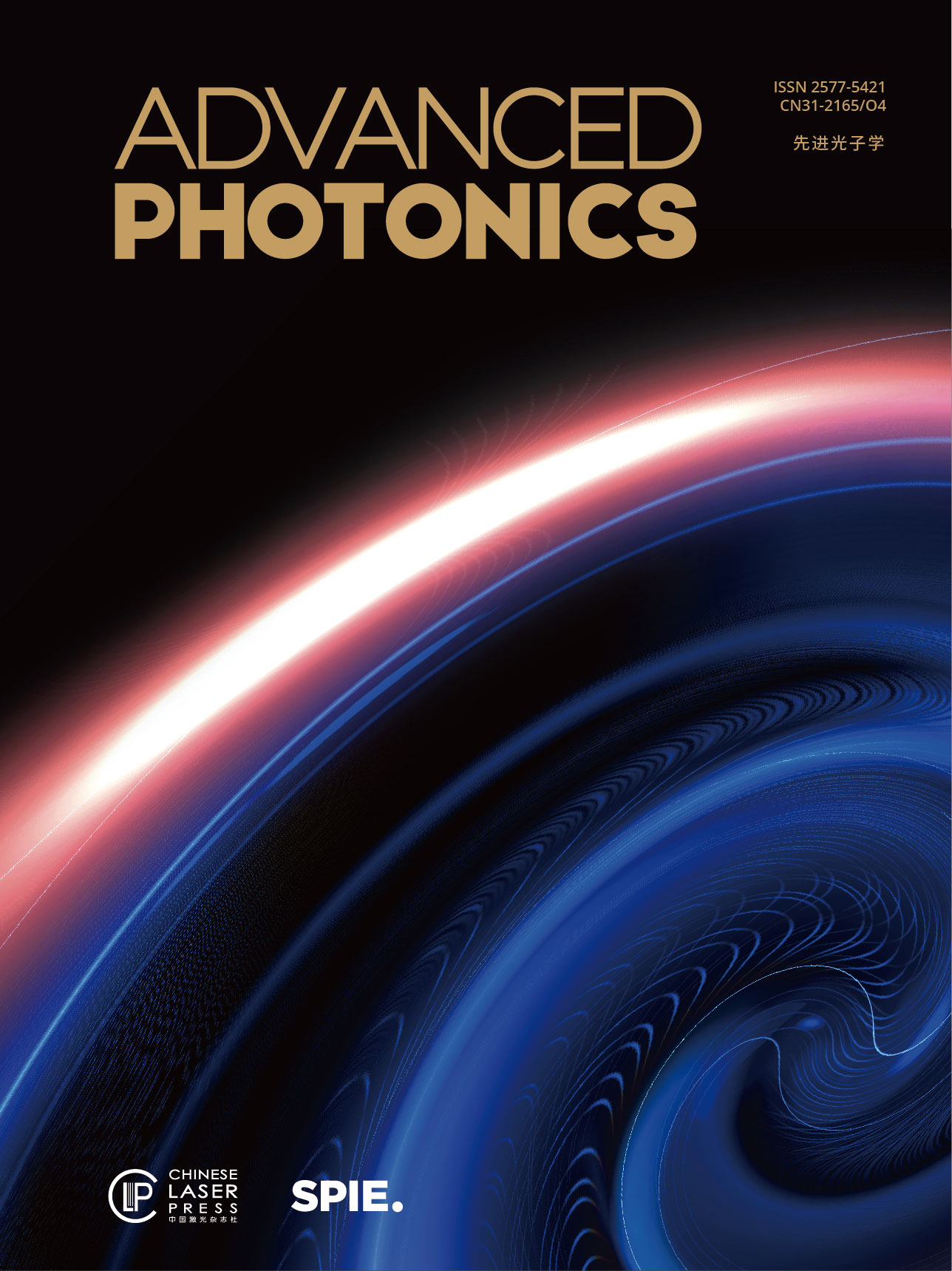Surface plasmon polaritons (SPPs) in the optical range have enjoyed increasingly attentions in recent years, particularly after the exploration of extra-ordinary transmission. Propagating at metal-dielectric interfaces with confined field distribution and reduced wavelength, SPPs promise many compact and integrated cutting-edge applications ranging from sensing, imaging, and processing to plasmonic circuitries. However, their counterparts in the terahertz (THz) regime, namely, THz surface plasmonic waves (SPWs), received much less attentions, due to their poor field confinement resulted from the perfect-electric-conductor-like conductivity of metals in the terahertz regime. Owing to the unique spectral property of THz waves, THz science and technology is of great potential in many frontier applications, including spectroscopy, imaging, sensing, and communications. However, current THz devices and systems based on free-space THz waves are commonly large in volume. Meanwhile, large analyte volume is required to increase the interaction length with THz waves. One direct solution is to reduce the three-dimensional propagation of THz waves to two-dimensional, namely, utilizing THz SPWs. Therefore, studying THz SPWs and making them possess similar confining properties as optical SPPs is highly demanded for compact THz applications.
Recently, it is highly encouraging to see that many advances have proven the possibility of confining THz SPWs on metal surfaces by engineering the form and environment of the metal supports. The most representative and famous example should be textured metal surface that support spoof SPPs. All of these studies have paved the way towards integrated THz SPW devices and systems for real applications, which can be comparable to and even surpass those fantastic applications raised by optical SPPs. Meanwhile, with the development of THz technology, THz SPWs could also serve as a versatile platform for studying new physical phenomena, working mechanisms, and controlling manners of surface waves that are experimentally challenging at optical regime, which can not only promote related unique applications in the terahertz regime together with its special spectral property, but also in turn provide new research ideas for SPPs in the optical range.
In the review article published in Advanced Photonics by Prof. Xueqian Zhang from Tianjin University (Xueqian Zhang, Quan Xu, Lingbo Xia, Yanfeng Li, Jianqiang Gu, Zhen Tian, Chunmei Ouyang, Jiaguang Han, Weili Zhang. Terahertz surface plasmonic waves: a review[J]. Advanced Photonics, 2020, 2(1): 014001), a detailed introduction of THz SPWs on various forms of metal surfaces are presented, for the sake of more comprehensive understanding of the background and recent studies on THz SPWs for a broad range of readers. These forms include classic bare metal surfaces, later-investigated coated metal surfaces, metal wires, planar Goubau lines, and textured metal surfaces (see Figure 1). Besides, doped semiconductor, superconductor and graphene surfaces are also included. First, their propagation properties are separately reviewed; following by various traditional and novel excitation and detection methods, especially the recent advances on SPW manipulations using metasurface structures and three-dimensional field mapping technology of THz SPWs based on time-domain spectroscopic methods; then their applications based on their properties, such as endoscopy, waveguiding, superfocusing, and active tuning and sensing; at last, in combining with the current research frontiers, a discussion is given on the future potential and challenging research directions of THz SPWs, including on-chip THz systems, THz communications, and THz topological photonics.

Fig. 1 Simulated electric fields of terahertz plasmonic waves that propagate on textured metal surface, coated metal surface, cylindrical metal wire, and planar Gaubou line, respectively.


